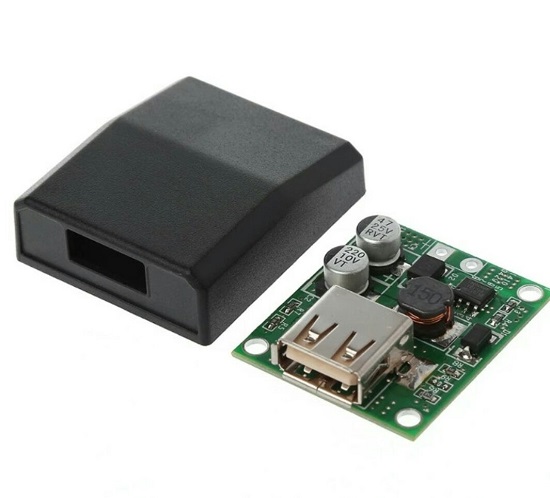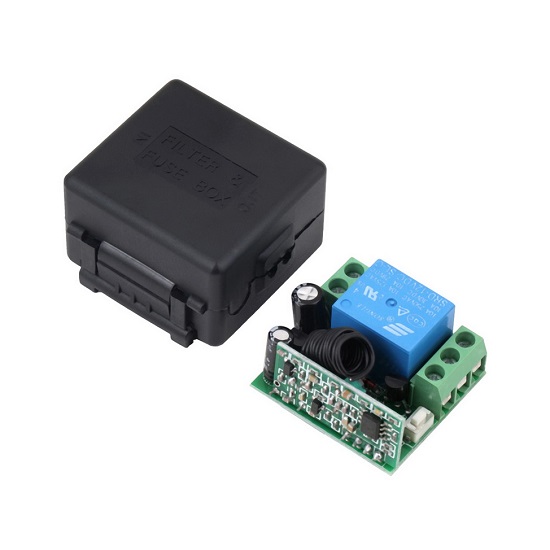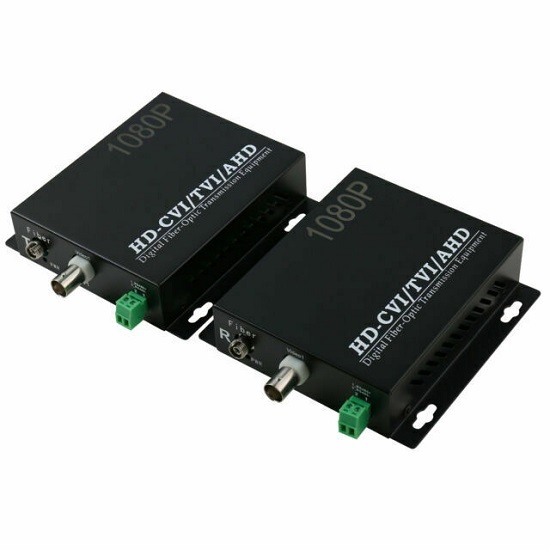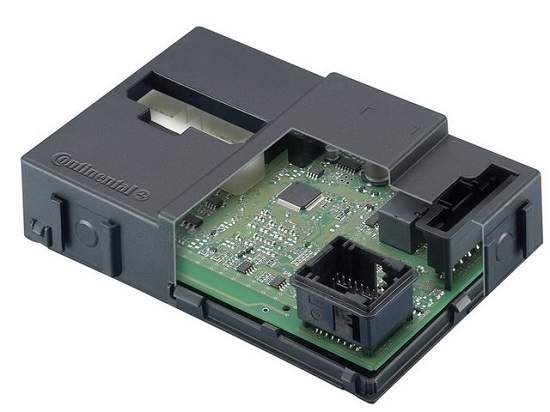Products >> Box build assembly
The Box Build Process
The box build process is specific to each project and can include varying degrees of complexity at each step. For example, one step may include simply placing a printed circuit board assembly (PCBA) within an enclosure. A subsequent step may include the complex task of connecting a PCBA to a user interface display.

The most common box build assembly processes include installation of sub-assemblies, installation of other components, routing of cabling or wire harnesses, and fabrication of enclosures.A box build includes all the other assembly work involved in an electromechanical assembly, other than the production of the printed circuit board. A box build is also sometimes called, “systems integration.”The detail Box build assembly is an electromechanical assembly process include:
--Sub-Level Product Assembly
--Design and engineering for mechanical components(injection molding,die casting,ect.)
--Enclosure Fabrication
--Installation of components and sub-assemblies
--Routing of cabling or wire harnesses
--System Level Assembly
--Software loading and product configuration
--Functional Testing
--Complete product Testing & Burn-In
--Fabrication of enclosures.
--Full turnkey solution


Common Box Build Assembly Services
Providing with all of the detail services involved in a complete product assembly to model a box build assembly process to best serve the customers.
--system level assembly
--product assembly
--sub-level product assembly
--packaging
--labeling
--testing
--software installation
--product configuration
--warehousing
--order fulfillment
--after-market service
--repair
How To Shorten The time lines of Box Build Assembly with guarantee the quality?
The following 6 ways are important pieces of information to provide an Electronic Manufacturing Services (EMS), and some advices to be given to shorten the box build assembly time lines,Same time to provide a higher quality electromechanical assembly.
1.Product Dimensions
Dimensions of the unit include detail on size and weight of the assembly. This detail gives the EMS the necessary information to make decisions about how the units will be handled throughout the complete box build assembly process. Storage, transportation, packaging, and shipping are all processes that are influenced by dimension information.
2.Bill of Materials (BOM)
The bill of materials is arguably the most important piece of information supplied to a Electronic Manufacturing Services (EMS) provider. It is known as the formula, recipe, or ingredients list. The BOM helps the EMS understand all of the key components and materials that need to be sourced and what will be provided directly by the client.
Every item on a bill of materials has a specific purpose, procurement process, and associated cost. The BOM should have details with respect to item number, reference designator, part description, quantity, manufacturer name, manufacturer part number, package, part type, etc.
A well-crafted bill of materials can help the Electronic Manufacturing Services (EMS) provider anticipate production delays and establish alternative plans for the box build.
3.3D CAD Model
A visualization of the final product is incredibly important to the box build process. A 3D CAD (three-dimensional computer-aided design) model can provide such a visualization. Software packages for 3D CAD design are commonplace amongst electronics contract manufacturers. These 3D CAD tools can also convert computerized drawings into build instructions that can shorten the complete box build process.
4.Sample Unit / Prototype
A completed product assembly can be an important physical tool to plan the box build, especially when other sources of information are unavailable. An EMS can often take a customer’s rough prototype and quickly manufacture multiple equivalent assemblies. A highly skilled electromechanical assembly team can often replicate a complete box build with minimal documentation beyond the sample prototype unit provided by the customer.
5.Testing Use Cases
A customer should identify which tests need to be performed during box build assembly. Use cases for testing can include visual inspection, factory acceptance testing, and specific functional tests.
With any electrical device, safety is a major consideration. Basic testing of electrical systems include the earth bond test and the flash test. An experienced EMS will provide guidance on the types of testing that should be performed during the box build to optimize production time and provide a safe electromechanical assembly.
6.Packaging and Shipping Info
Outlining how the final box build assembly will be packaged and shipped before the production process begins can provide important planning information to the electronics manufacturer. This detail allows the EMS to make decisions about how the units will managed throughout the complete box build assembly process to optimize box build speed.
Starting A Box Build
Both complex and simple box build assembly depends upon thorough requirements gathering. The more information on hand to discuss with the electronics manufacturer during the planning phase can result in a faster, higher quality, and safer product. PCB HERO is dedicated to developing customized box build processes unique to the objectives of each customer. PCB HERO utilizes lean manufacturing techniques in all operations and processes to realize the best electronic box assemblies in the United States.

Products Category
- PCB Design & Layout
- PCB manufacturing
- PCB Assembly
- BGA Assembly
- THT Assembly
- SMT Assembly
- Mixed PCB Assembly in Electronic PCBA
- Single sided PCB assembly
- Double sided PCB assembly
- Rigid-Flex Assembly
- COB Bonding Manufacturing
- Components sourcing for PCB Assembly
- SMT Stencils
- Box build assembly
- PCB engineer reverse
Contact Us
E-mail: [email protected]
E-mail: [email protected]
Skype: [email protected]
Whatsapp: +86 15012972502
Add: 2F, BUILDING H, WANDA INDUSTRIAL ZONE, ZHOUSHI ROAD, LANGXIN COMMUNITY,SHIYAN STREET, BAO 'AN DISTRICT, SHENZHEN, GUANGDONG, CHINA







 Skype Chat
Skype Chat WhatsApp
WhatsApp  Mail inquiry
Mail inquiry